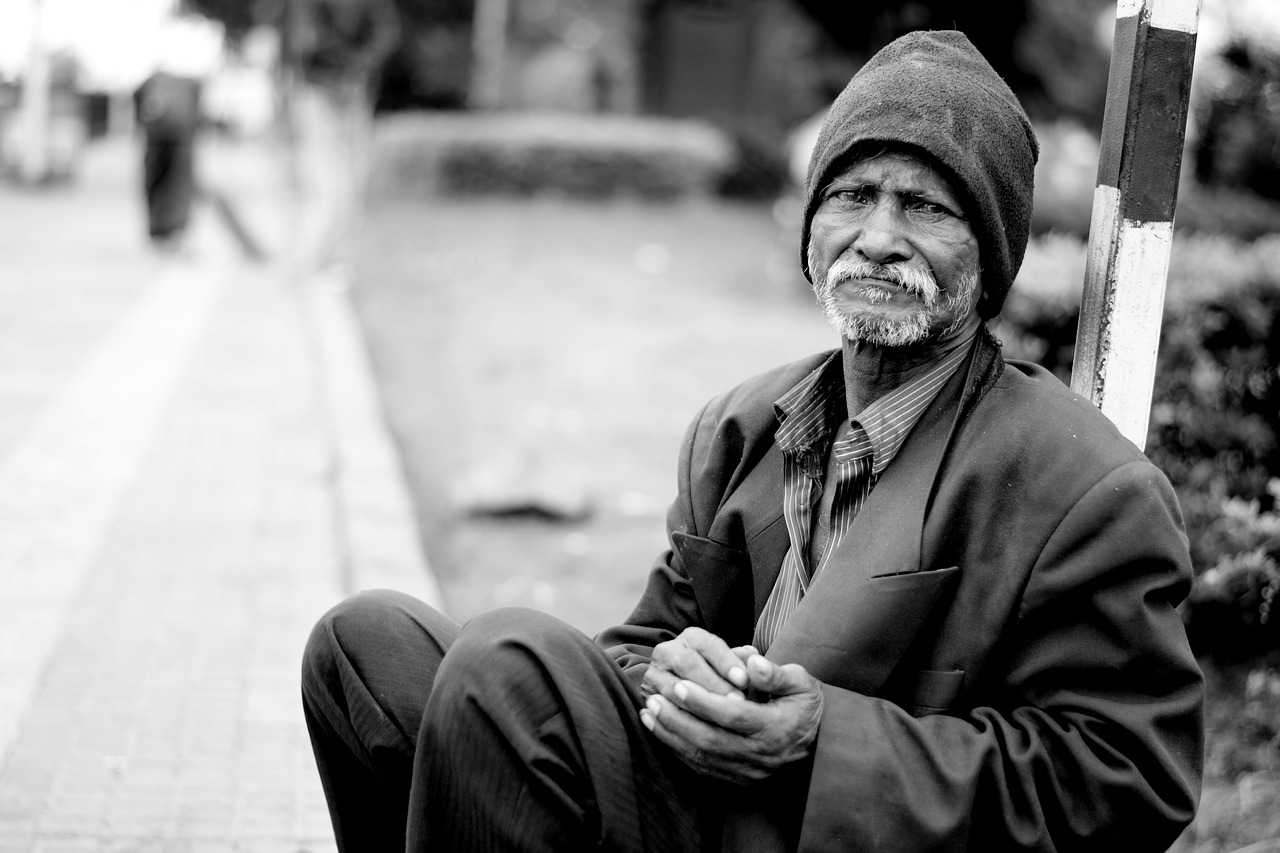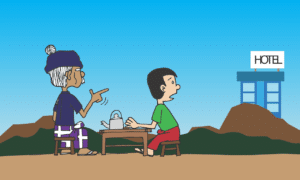The Union Cabinet, chaired by Prime Minister Narendra Modi, has cleared the roll out of the Ayushman Bharat-National Health Protection Mission (AB-NHPM), popularly known as Modicare. Modicare is considered as the world’s largest government funded public health coverage, taken up to strengthen the primary healthcare in the country. It is expected to cost about Rs. 12,000 crore annually to the government.
This healthcare scheme is meant to cover almost all the secondary and many tertiary hospitalizations, and will provide the coverage of Rs. 5 lakh for each family to 10.74 crore poor and vulnerable families. This will be based on Socio Economic Caste Census (SECC).
ModiCare includes the centrally sponsored schemes the Senior Citizen Health Insurance Scheme (SCHIS) and Rashtriya Swasthya Bima Yojana (RSBY), which are ongoing. RSBY gives a cover of Rs30,000 and the SCHIS offers up to Rs30,000/- per annum per senior citizen.
ModiCare – Game Changer for 2019 Elections
Modi Government is undergoing through the pressures like PSU bank scandals, which is having a negative impact on the government and could affect the General Election, slated to be in 2019. ModiCare rollout could be a game changer for the elections as it targets Socio Economic Caste Census (SECC),that identifies poor in seven defined categories of deprivation. Socio Economic Caste Census (SECC) includes households living below the poverty line (BPL), families living in villages belong to SC/ST categories, rural households without agricultural land etc.
Moreover, the cabinet has also approved the continuation of the National Health Mission (NHM), effective from 1st April 2017 to 31st March 2020. The scheme focuses on strengthening the public health systems, particularly in high priority districts. The NHM will complement AB-NHPM, and will reduce the Out Of Pocket (OOP) expenditure through the initiatives like NHM Free Drugs and Diagnostics Services Initiatives, Pradhan Mantri National Dialysis Program etc.
Ayushman Bharat Challenges
The biggest challenge under Modicare will be the implementation and the integration of the central and state schemes.
As expected, there could be large overlaps and cost complexities, since SECC data is not linked with Aadhaar, the citizen identification. The states are therefore expected to be provided the flexibility to expand their existing schemes till the time SECC data gets linked with Aadhaar.
The government will also have to deal with other unintended consequences like creation of a moral hazard that can induce unnecessary expenditure and may increase healthcare costs.
There will be challenges of ground realities, which is the shocking state of systemic incapacity. Therefore due to lack of hospitals and required number of doctors in rural areas, the private hospitals may also be forced to have a 5-10% of beds allocated for Ayushman Bharat.
Further, the deprived and BPL people are not able to take services of the hospitals due to their high costs, for them under Modicare, the private hospitals empanelled under the scheme can take cost fixed by the government for SECC. Overall, there will be challenges of coverage, conceptualization, consensus, costs, leakages and capacity.
The Ayushman Bharat or ModiCare is an ambitious dream of the Government turning reality and could be a game changer for the 2019 elections.














Pingback: Top Stocks to Watch as Rakesh Jhunjhunwala Bets on Modi for 2019